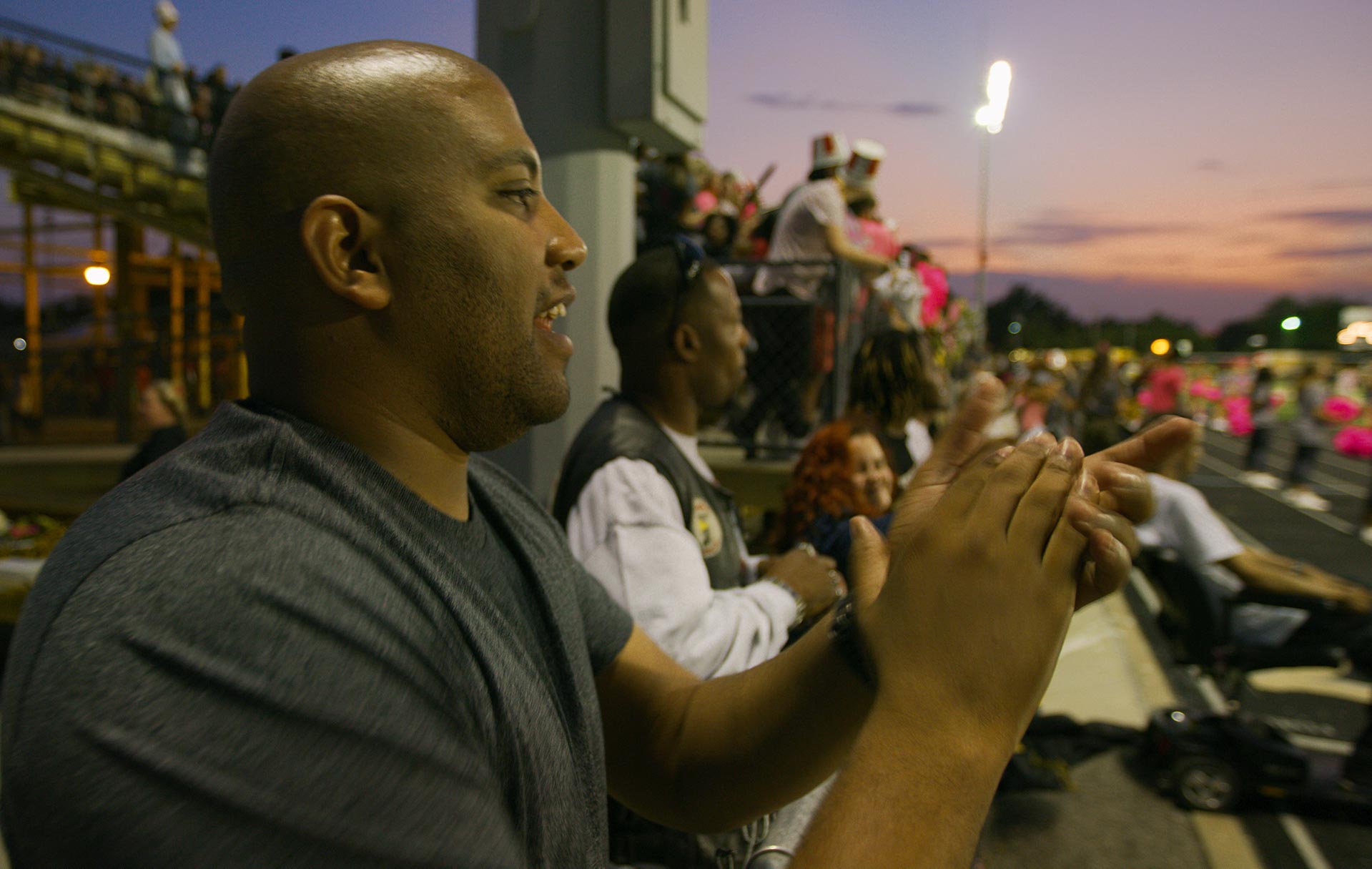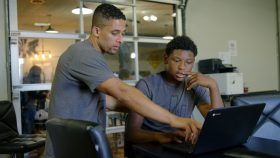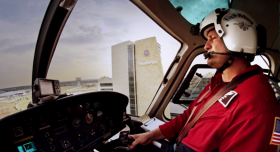In our series on storytelling, we’ve gone through the pillars of people, purpose, and plot. For today’s blog we’re finishing with our last pillar: place.
Place builds directly on plot as we use it to visually represent each plot point in our story. Because we’re using a visual medium, we want to show the audience where the story’s happening. When we show rather than simply tell, we allow them to come to their own conclusions, and that gives ownership of that idea to the audience and helps them remember it better.
Place also helps us connect our audience to our character’s reality. We have our own frame of reference and our own daily life and environment, but when a story is told well, it takes us out of that. It puts us in locations we can’t necessarily go to so we can see how it affects our character.
When place is present in a story, it provides authenticity. Authenticity breeds trust in our character, which deepens our connection to them. It helps us understand what our main character does.
Place in action
We did a video project for Big Brothers Big Sisters with the goal of helping them engage more volunteers. For this project we decided to tell a story centered on one of their mentors, and place was a huge part of that story.
There were a couple of different places that we used in the video. The first was the mentor and his wife and baby at a football game on a Friday night cheering on his Little Brother. The second was the family at their home sharing a meal with the Little Brother and his mom. The audience can picture themselves right there with them at the game and at dinner, and that lends authenticity to his character.
How to use place effectively
There are a few things to keep in mind when you’re trying to use place in your visual storytelling. First, the more unexpected the place is, the better. If it’s expected, the audience sometimes can’t connect because it doesn’t draw them in. You want to be unexpected and try to create intrigue. When you properly use place, you can maximize the people, purpose, and plot pillars.
One of the hardest parts of being a storyteller is that usually the events have already happened. If we try to ask non-actors to act, to try to recreate past events, we’re risking the authenticity of our story. Instead, we need to carefully leverage place and use it to our advantage. We don’t have to show the actual event. Instead, we can let place do it for us.
How? It doesn’t have to be literal. Because we probably weren’t there with our cameras capturing these events, we need to think of place as a symbol. There are four layers to that:
- Environments: The area the action occurs.
- Situations: The actions happening around the event.
- Objects: Something of particular importance to the character’s motivations.
- Time: The time the action occurs.
These layers are always around us, but we have to decide which to use to relay our character’s desire, struggle, and story. As storytellers, we want to ask which of these layers will help us communicate these particular points we want to get across.
Place is one of the keys to proper storytelling, and when combined with the other three pillars, it forms the foundation of every effective video. Spend time thinking through this in your next video to help grow your audience’s engagement.
Want to learn more about storytelling? Check out Muse Storytelling!




